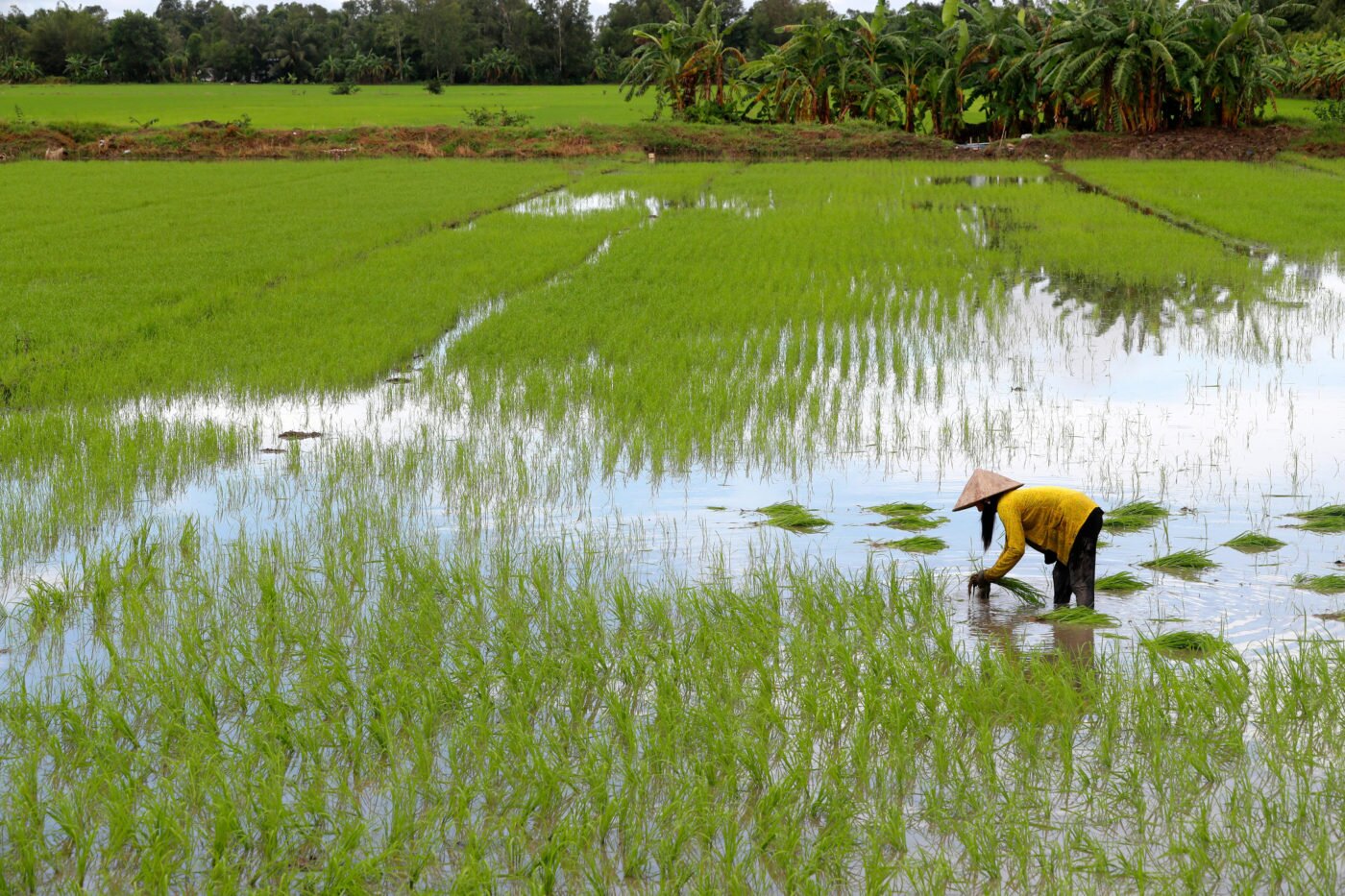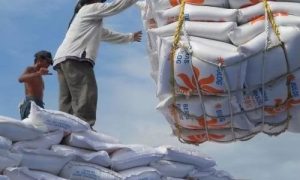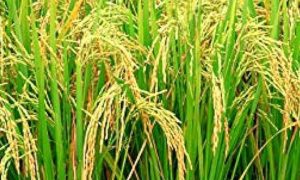India may review rice export ban in September if the rain gods smile

Central Government to Review Rice Export Restrictions: The Indian government plans to reassess export restrictions on rice varieties in September, post the kharif season, as production figures become available. Measures include banning non-basmati rice exports since July 2023 and imposing a 20% duty on parboiled rice exports. Despite initial monsoon deficits in June, transplanting activities in July-August are expected to mitigate concerns, with rainfall crucial for upcoming rice production outcomes.
The central government is likely to review in September the restrictions placed on exports of certain varieties of rice, once the ongoing kharif season concludes and the final production figures are available, said a senior government official.
The government has taken several steps to ensure adequate domestic supply of the grain, including a ban on the export of non-basmati rice from July 2023, and 20 percent export duty on parboiled rice.
The kharif season for crops aligns with the advent of the south-west monsoons in India, typically between June and October.
While paddy (or rice) is the primary kharif crop, latest agriculture ministry estimates show that the area under paddy cultivation is slightly lower year-on-year, at 2.2 million hectares, and pulses have taken the lead.
The ongoing monsoon season is especially crucial for rice-sowing, given that paddy is a rain-fed crop.
The month of June ended with a deficit in rainfall, though the gap narrowed to 10.9 percent as on June 30 compared to 13.8 percent on the previous day, according to data released by the Indian Meteorological Department (IMD).
The official cited above said that the rainfall deficit is unlikely to impact rice production, given that most of the sowing (rather, transplanting) will occur in July and August.
“In most of the areas people have moved to transplanting, which mainly happens in July and August. So, the deficit rainfall in June is not concerning,” said the official.
Transplanting refers to a method whereby rice seedlings grown in a nursery are transplanted in puddled fields 15 to 40 days after seeding in order to get higher yields.
The official further said that rainfall distribution between July-September will be crucial for rice production, and a call to ease the ban on export of non-basmati rice almost entirely hinges on how the monsoon pans out in these three months.
According to IDFC First Bank’s Gaura Sengupta, the July showers are more important as nearly 80 percent of the sowing is done in this period. Rainfall is important for crop output as more than 40 percent of the area under cultivation is not irrigated.
Latest data points to an improvement in rainfall in July so far.
The country’s overall monsoon deficit narrowed to 3 percent on July 4 compared to nearly 11 on the last day of June, thanks to heavy rainfall in the northwest and northeast of India.
The IMD expects above-normal rainfall in July.














